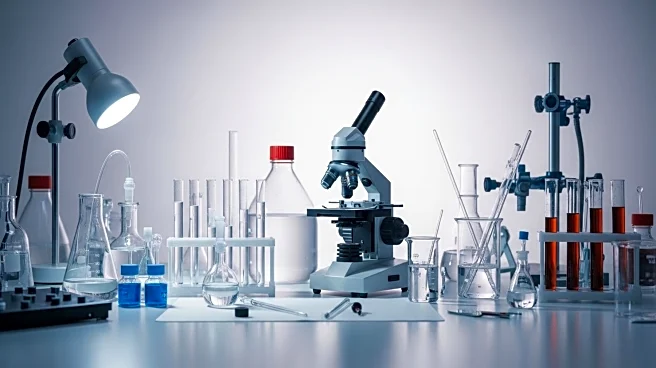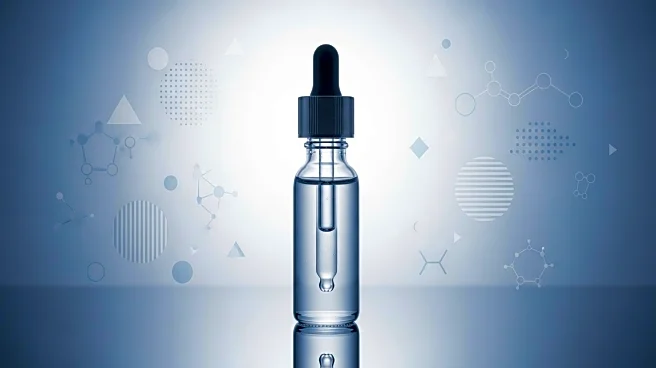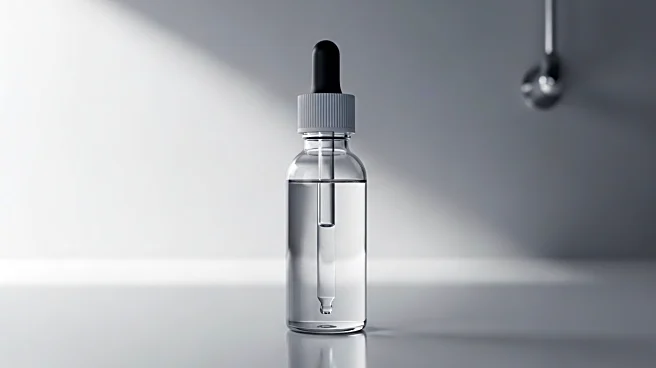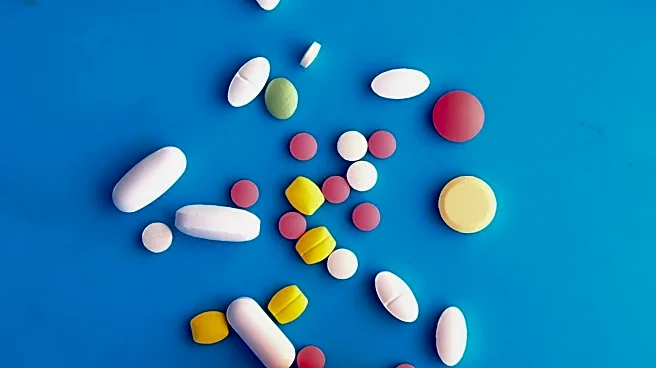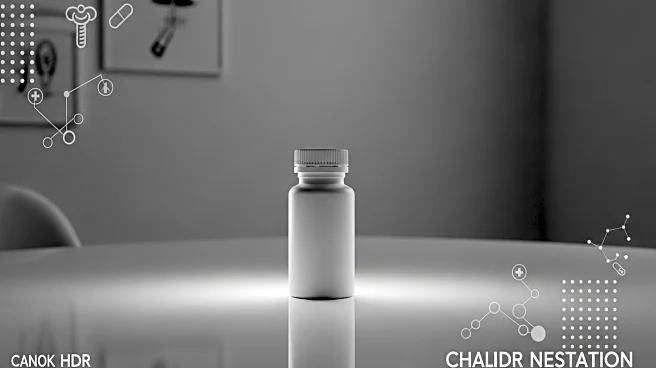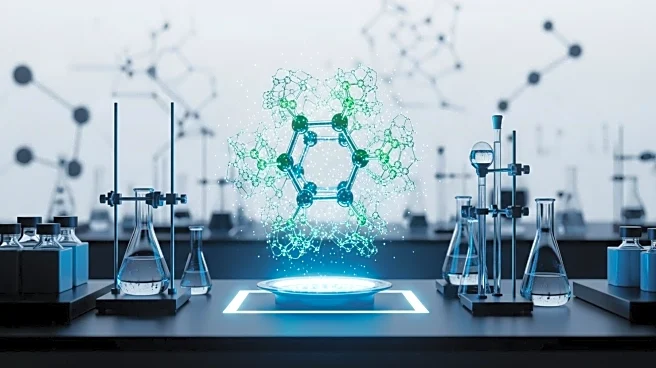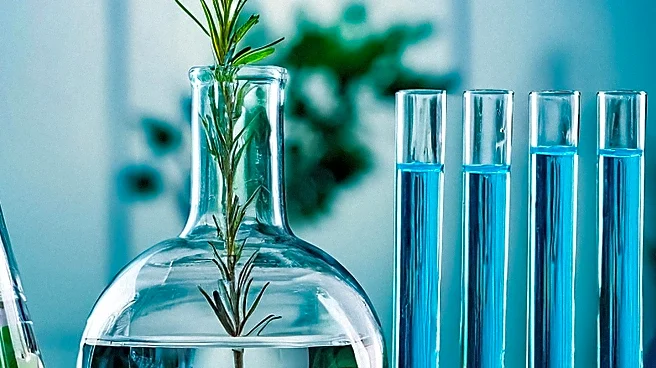What is the story about?
What's Happening?
Researchers at the University of Maine's Forest Bioproducts Research Institute have developed a sustainable method to produce a key ingredient used in a wide range of pharmaceuticals, potentially reducing prescription drug costs in the U.S. The method involves producing (S)-3-hydroxy-γ-butyrolactone (HBL) from glucose, which can be derived from lignocellulosic feedstock like wood chips. This breakthrough could significantly lower the production costs of chiral drugs, which are typically expensive due to complex synthesis processes. The new method also reduces greenhouse gas emissions and could be applied to produce other consumer products.
Why It's Important?
This development is significant as it addresses the high cost of prescription drugs, a major concern for many Americans. By reducing production costs, the method could make essential medications more affordable and accessible, benefiting patients who struggle with high drug prices. Additionally, the sustainable approach aligns with environmental goals by reducing reliance on petroleum-derived feedstocks and lowering emissions. This innovation could also stimulate economic growth by opening new markets for bio-based products.
What's Next?
The research team plans to further refine the production process and explore its application to other pharmaceuticals and consumer products. Collaboration with industry partners could accelerate the commercialization of this technology, potentially leading to widespread adoption in the pharmaceutical industry. Regulatory approval and market acceptance will be crucial steps in bringing these cost-effective drugs to consumers.
AI Generated Content
Do you find this article useful?
